Tree planting is an important part of sustainable landscaping. Not only does it add beauty to a property, but it can also provide shade, improve air quality, and reduce noise pollution. Unfortunately, tree planting can be dangerous if proper safety precautions are not taken. In this article, we will discuss some essential tree planting safety tips to keep in mind when planting a tree.
From proper tools and equipment to the right clothing and work environment, these tips will help ensure that your tree planting project is completed safely and successfully. Tree planting is a rewarding activity that not only beautifies your landscape but also helps the environment. That is why it is essential to follow the safety guidelines when planting trees. Doing so will help protect you from potential injuries from sharp tools or heavy lifting.
To ensure that your tree planting experience is safe and successful, there are a few key items to consider.
Tools and Equipment:
When planting trees, it is important to use the right tools and equipment. This includes items such as shovels, gloves, trowels, saws, and other gardening tools. It is also important to wear protective eyewear and closed-toe shoes. It is also advisable to have someone nearby to assist with the tree planting process.Preparing the Area:
Before planting a tree, it is important to prepare the area.This includes clearing away debris, adding soil amendments such as compost or peat moss, and checking for underground utilities. Additionally, it is essential to dig a hole that is twice as wide as the root ball and just as deep.
Planting the Tree:
Once the hole has been prepared, it is time to plant the tree. When doing so, make sure that the root ball is placed at the same level as the surrounding soil. It is also important to use enough soil when backfilling the hole, as this will provide extra stability for the tree.Once planted, the tree should be watered thoroughly.
Protecting Trees from Pests and Diseases:
To keep trees healthy, it is important to protect them from pests and diseases. This can be done by pruning trees regularly, mulching around the base of the tree, fertilizing according to the species of tree, and monitoring for signs of infestation. Additionally, it is important to remove dead or diseased branches as soon as they are noticed.Removing a Tree:
If a tree needs to be removed from an area, it is essential to do so safely. This includes using appropriate tools such as pruning saws or chain saws and wearing protective gear.Additionally, it is important to remove any debris from the area after the tree has been removed.
Planting the Tree
When planting a tree, it is important to take the necessary safety precautions to ensure the tree thrives and is not damaged during the process. To begin, it is essential to properly prepare the area before planting. First, clear any rocks or debris from the area and remove any surrounding grass and weeds. Then, use a shovel to dig a hole that is twice the size of the root ball of the tree. When planting the tree, make sure that the root ball is slightly lower than the surrounding soil.This will help ensure that water drains away from the tree, rather than pooling around its base. Additionally, the roots should be spread out as much as possible in order to promote healthy growth. The backfill should consist of a mix of topsoil and compost. Finally, water the tree well to help it settle into its new home.
Protecting Your Trees
Pruning is a great way to protect your trees from pests and diseases.Pruning helps to remove dead, diseased, and weak branches, and can also help to improve the shape of your tree and promote new growth. Make sure to use sharp and clean tools when pruning, and never attempt to prune a tree without the proper knowledge or skill.
Mulching
is a great way to protect your trees from pests and diseases as well. Mulching helps to protect the root system by keeping the soil moist and reducing compaction. It also helps to keep weeds away, which can compete with your tree for resources.When adding mulch, make sure to leave a few inches of space between the mulch and the tree’s trunk.
Fertilizing
is another way to protect your trees from pests and diseases. Fertilizing helps to keep your tree healthy by providing essential nutrients that it may be lacking in the soil. Be sure to use a fertilizer specifically formulated for trees, and always follow the manufacturer’s instructions.Monitoring
is an important part of protecting your trees from pests and diseases. Monitor your trees for signs of pests or diseases, such as discolored leaves or bark, and take action immediately if you see any signs.Additionally, make sure to inspect your trees regularly for any structural damage or weak branches that need to be removed.}
Removing a Tree
Removing a tree from your landscape can be a difficult and dangerous task. It is important to have the right tools and protective gear in order to complete the job safely. Before you begin, make sure that you know where any underground utilities are located so you can avoid them. You should also contact your local utility company for more information. When it comes to removing a tree, it is important to use the right tools.A chainsaw is the most common tool used, but you may need other tools such as an axe, sledgehammer, or pruning saw. Make sure that all of your tools are sharp and in good working order before beginning the job. Additionally, you should always wear protective clothing such as gloves, long pants, and safety glasses. It is also important to plan ahead when removing a tree. Make sure that you have enough room to safely work around the tree and clear away any debris afterwards.
If you will be using a chainsaw, make sure to practice using it beforehand so that you are comfortable and confident when it comes time to use it. When removing a tree, always remember to work slowly and carefully. Make sure that your tools are sharp and in good condition, and take frequent breaks so that you can assess the situation. Never attempt to remove a tree if you are not comfortable with the task or feel that it is too dangerous.
It is best to hire a professional tree removal service if you are unsure about the job.
Tools and Equipment Needed
Tree planting requires the use of several types of tools and equipment, such as shovels, mattocks, saws, pruners, and wheelbarrows. These tools are necessary to prepare the site for planting, dig holes for the trees, prune away damaged branches, and transport soil and other materials. Shovels are the most common tool used in tree planting, and they can be used to dig holes for the trees and to fill in the hole after planting. Mattocks can be used to break up hard soil, as well as to remove weeds and debris from the planting area.Saws can be used to cut roots and branches that are too large to be pruned with pruners. Pruners are also essential for removing dead or damaged branches from the tree prior to planting. Finally, wheelbarrows are necessary for transporting soil and other materials needed for tree planting. It is important to use the right tools and equipment when planting trees in order to ensure safe and successful tree planting. The right tools will help ensure that the tree is planted correctly and that the soil around it is properly prepared.
Additionally, using the right tools will help protect you from potential injuries caused by sharp tools or heavy lifting.
Preparing the Area
Before planting a tree, it is important to properly prepare the area to ensure the tree’s success. This includes clearing away debris, adding soil amendments, and checking for underground utilities.Clearing debris:
The first step in preparing the area for tree planting is to remove any debris from the site. This can include rocks, sticks, leaves, or other materials that could interfere with the tree’s root system.Removing these materials will also help reduce competition from other plants and provide better access for the tree’s roots.
Soil amendments:
Once the area is clear of debris, it is important to add any necessary soil amendments. This could include adding compost, mulch, or other nutrients to help promote healthy growth. It is also important to check the pH of the soil and adjust it accordingly to ensure optimal conditions for the tree’s roots.Underground utilities: Finally, it is important to check for any underground utilities before planting a tree. This includes checking for gas, electric, water, or sewer lines that could be damaged if a tree’s roots were to grow into them. It is important to note that some utility lines may be buried deeper than expected and special tools may be needed to detect them. Tree planting is a rewarding activity that has many environmental and aesthetic benefits. However, it is important to always follow safety guidelines to ensure that no accidents occur during the process.
To ensure your safety, make sure you have the right tools and equipment, prepare the area before planting, and always wear protective gear when working with sharp tools or heavy lifting. By following these safety tips, you can safely enjoy the rewards of tree planting!.
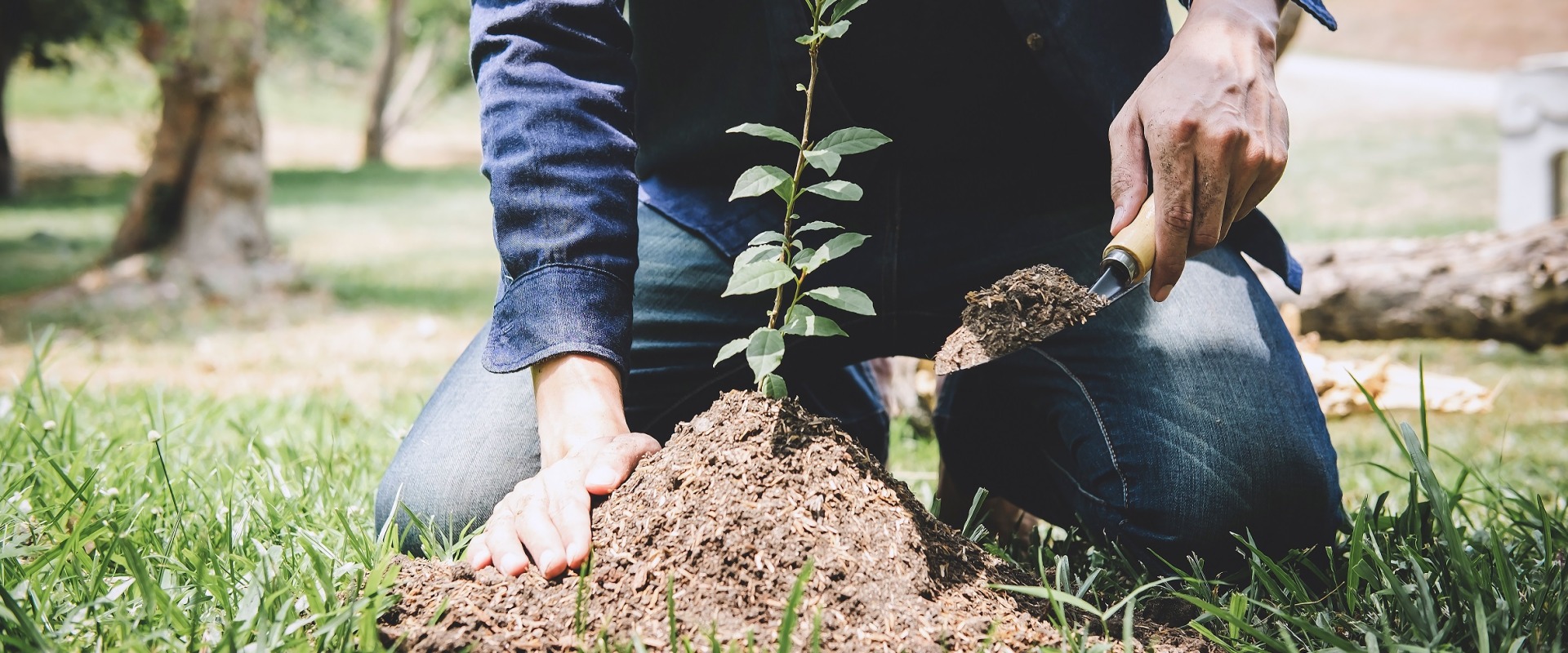
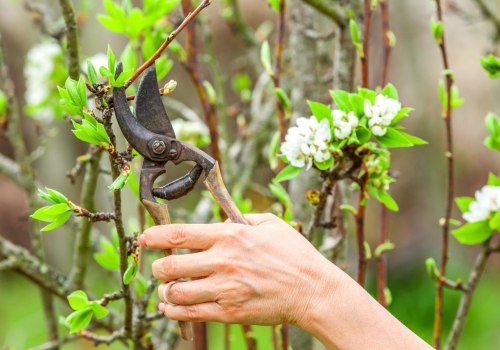
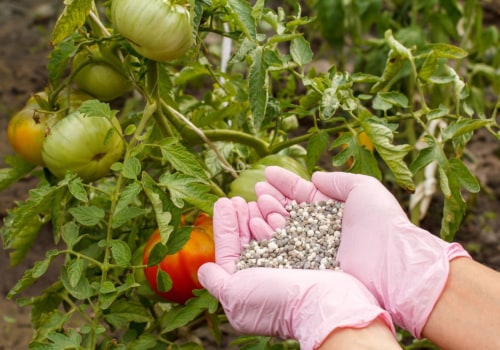
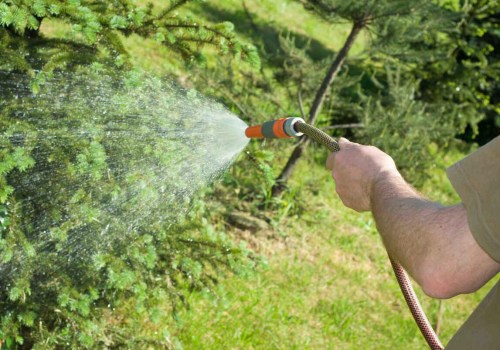
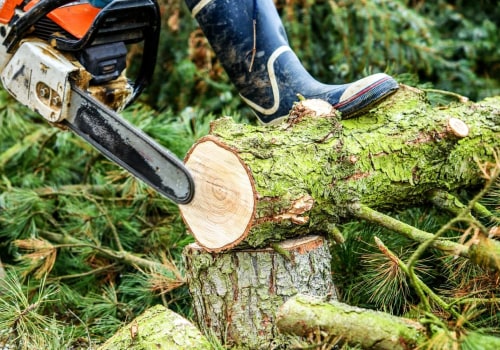
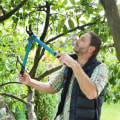
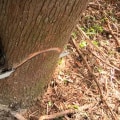
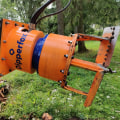
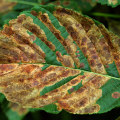

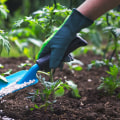
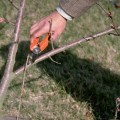
Leave Message